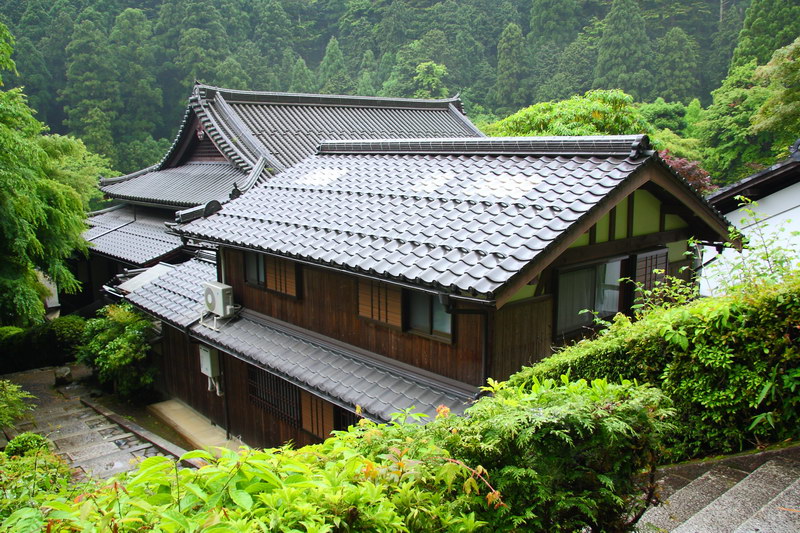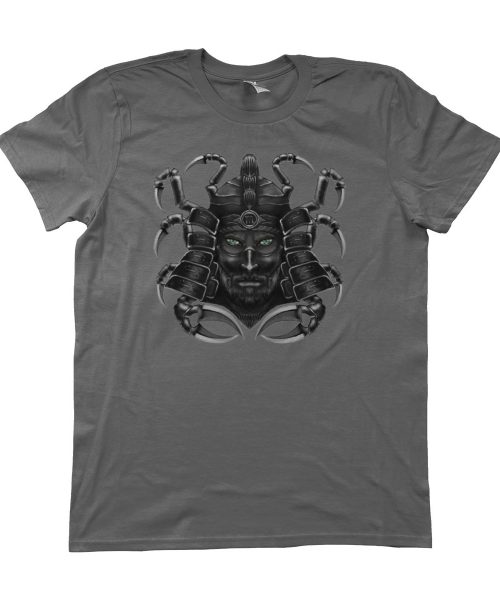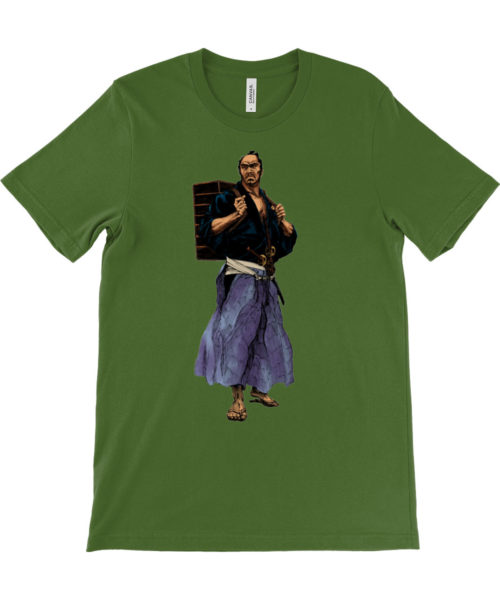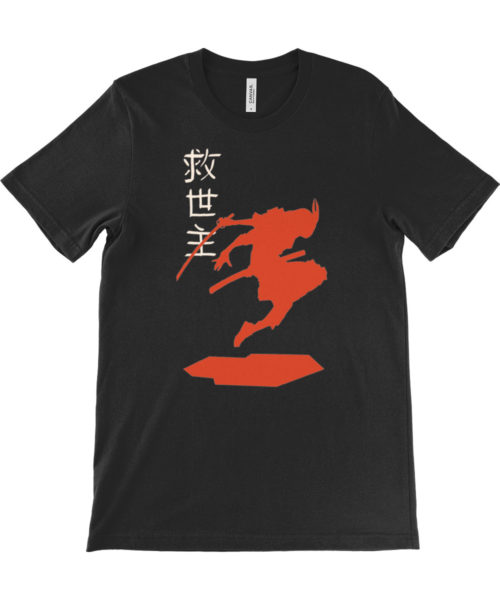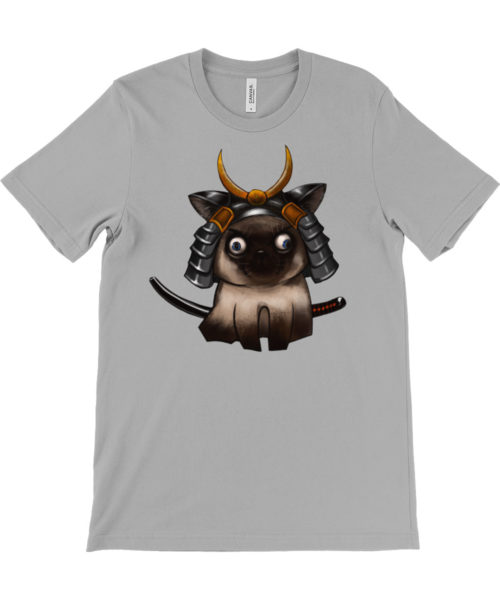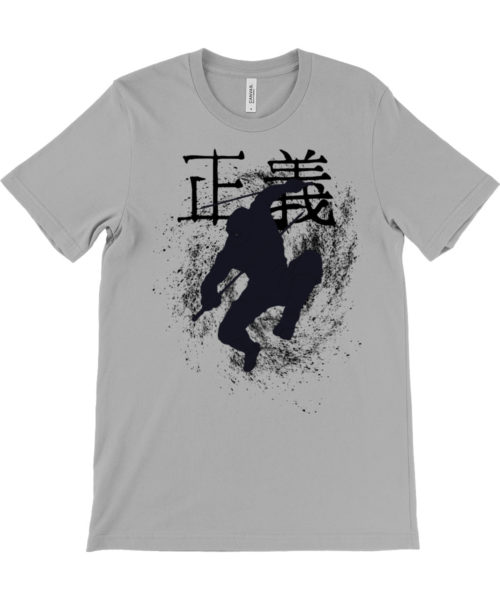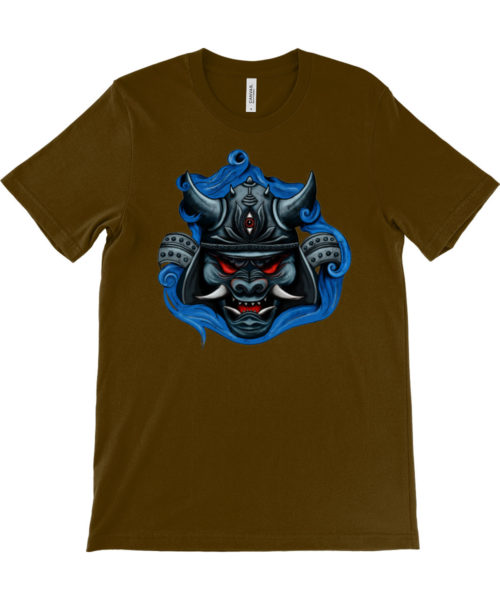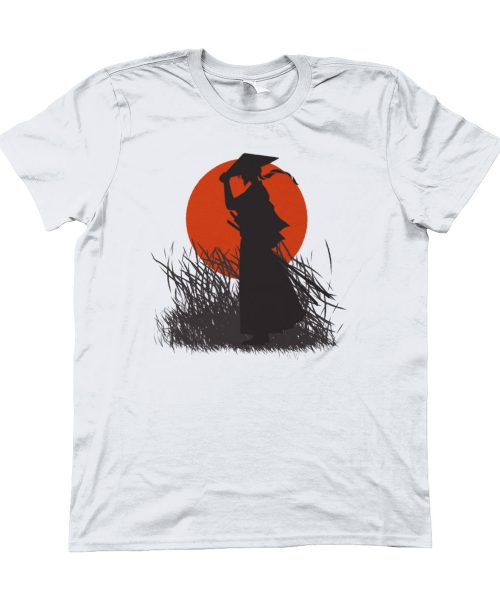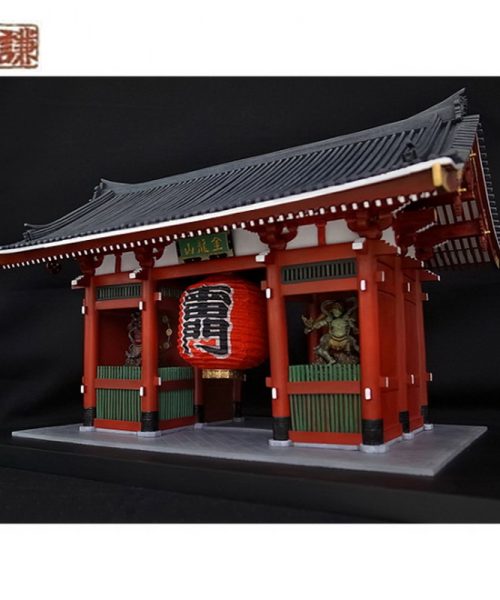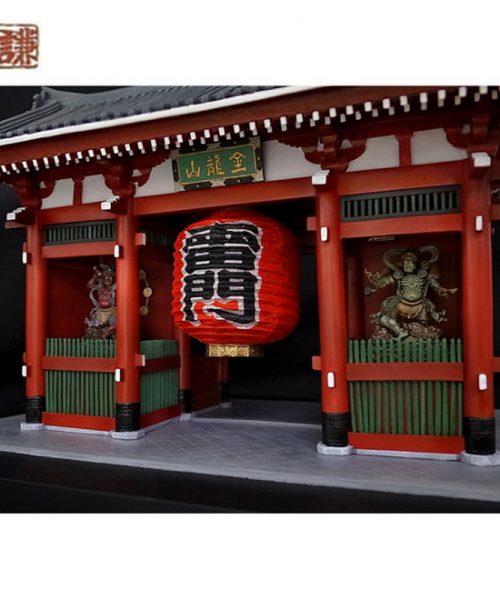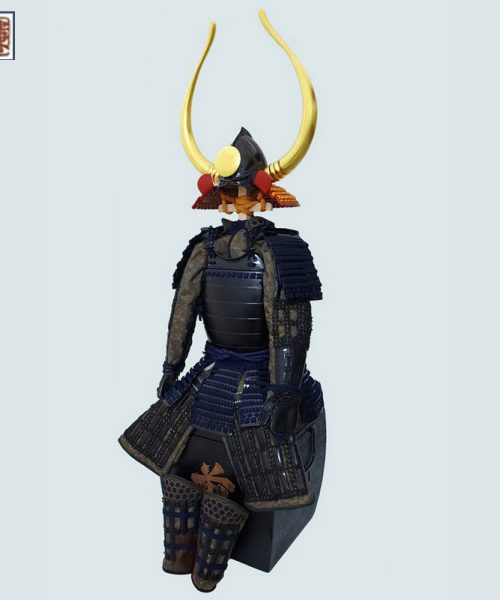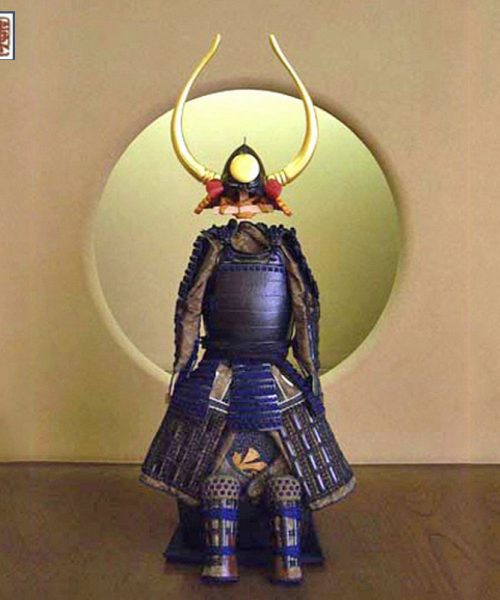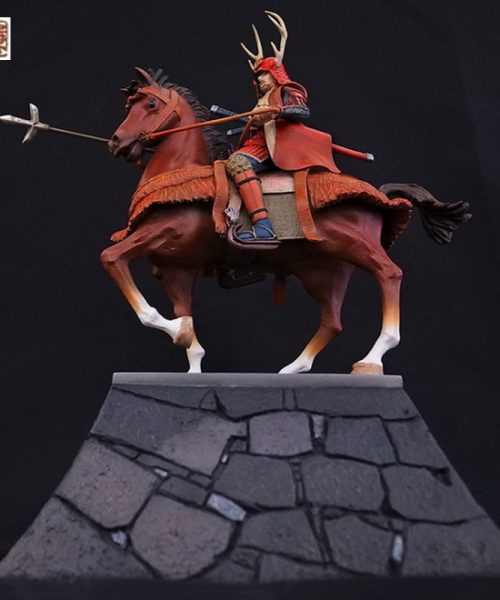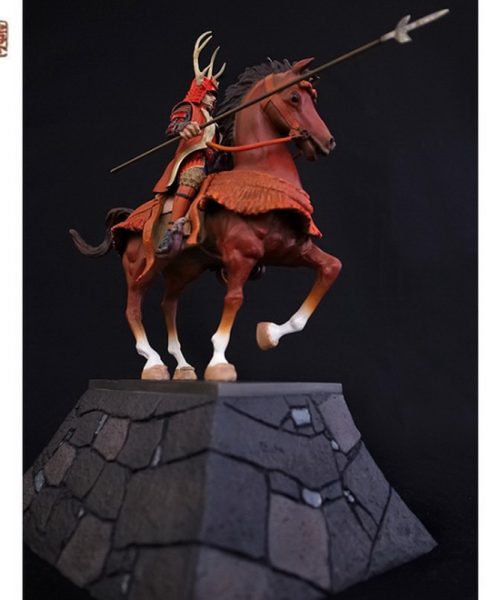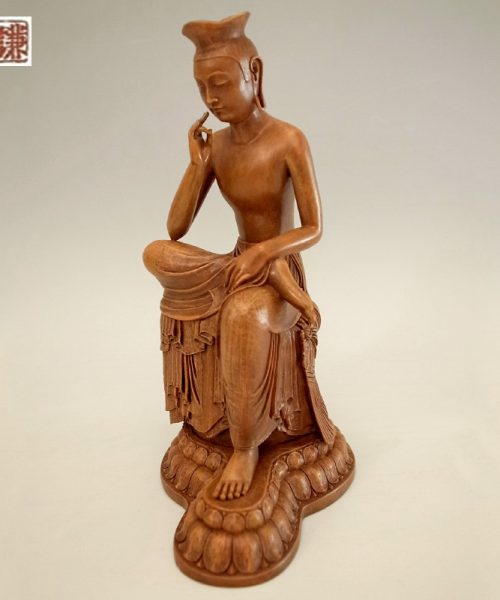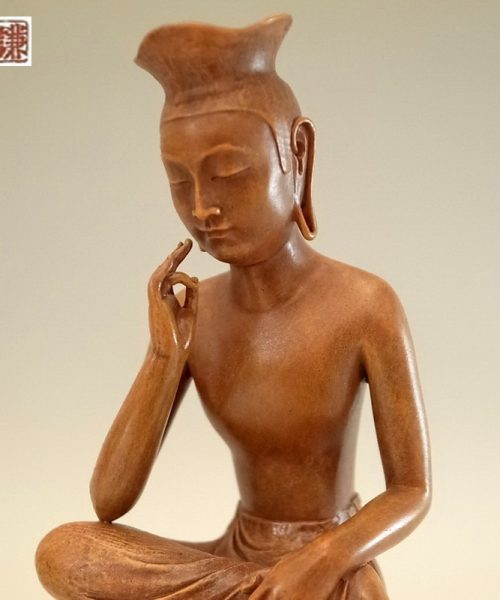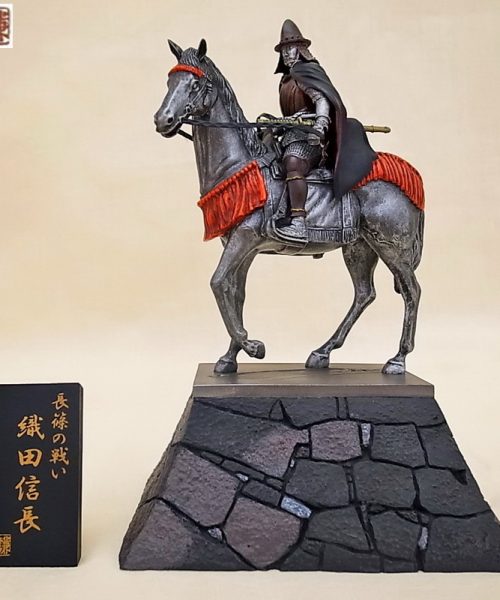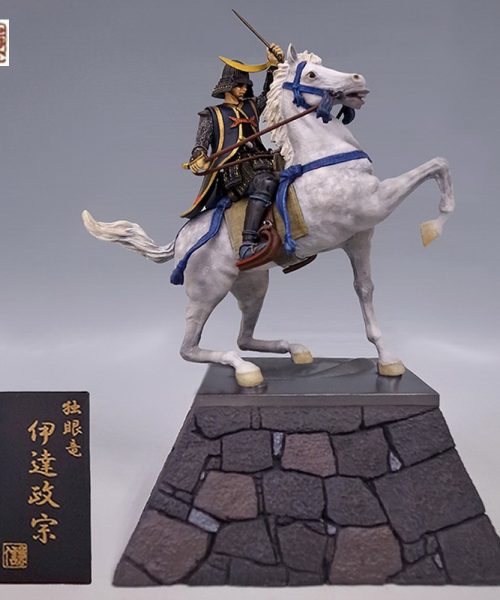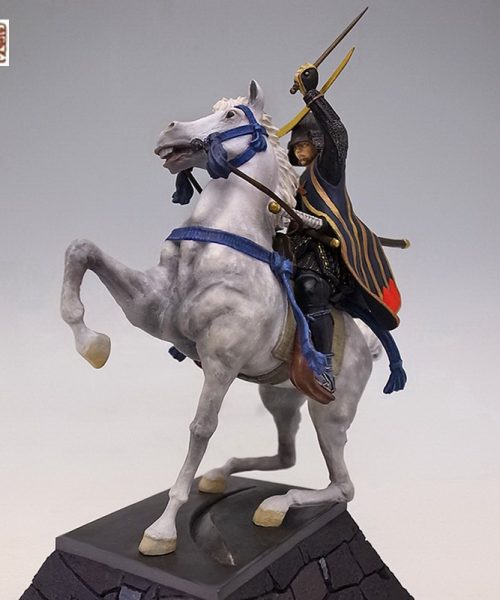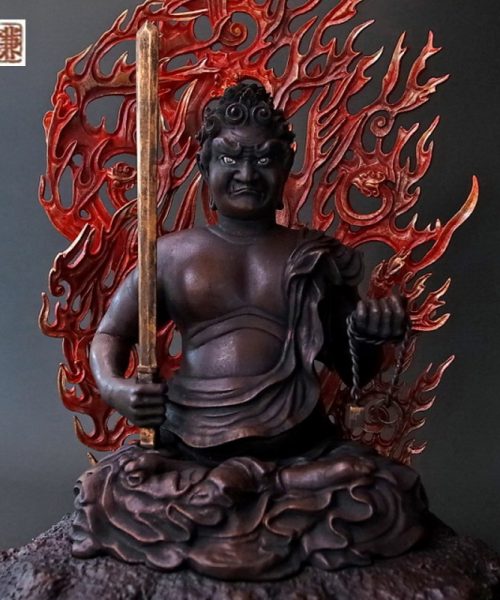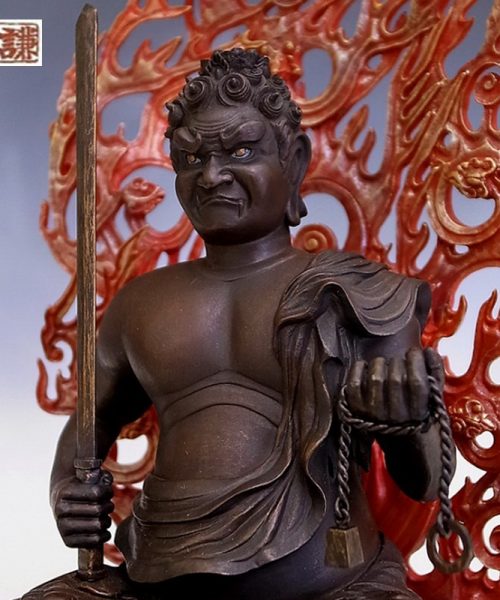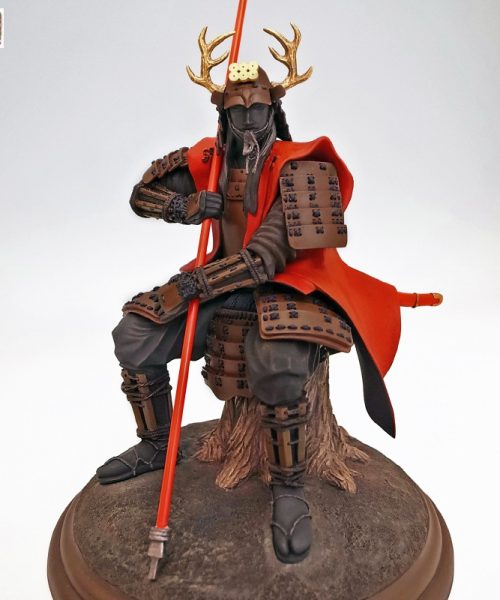No products in the cart.
Japan History
Sake: A Drink to Preserve Tradition
What is Sake?
When we visualize fresh rice grains and wine, continent Asia comes into our minds. Japan is one of the countries that are bountiful with rice products. An example of an exclusive drink with this product in Japan is Sake or rice wine.
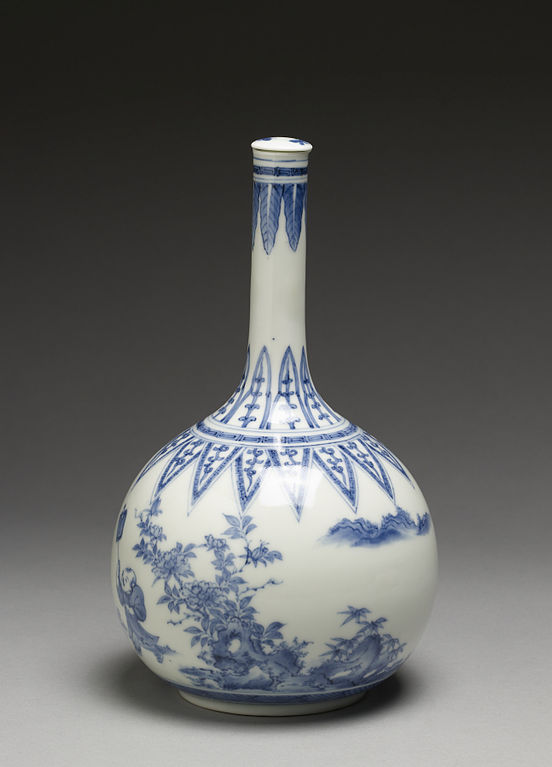
Sake (pronounce as “sah-keh”) is Japan’s national beverage. Japanese Sake also became a part of culture and tradition. With that, Sake became Japan’s signature beverage, and they also became famous for it.
The typical percentage of alcohol in Sake is around 16. The wine is colorless, clear or pale amber. Sake is more of a “rice beer”. It is because fruits are often used for wines, while grains are for beer.
Like any other beer, Sake undergoes fermentation. People keep the drink with low temperatures for a short amount of time. Natives drink Sake as ice-cold or room temperature, but they often drink it hot.
But in recent years, traditional foods are no longer a part of our ordinary and everyday lives. Just very much like the rich history of the Samurai’s sword, the Katana,this pushes our customs towards the edge of the Japanese lifestyle.
How did Sake start?
Japanese rice wine emerged 2000 years ago. Many believed that this came into Japan’s customs at the same time rice cultivation appeared. Rice cultivation started around the mountains of Assam, India, and Yunnan, China.
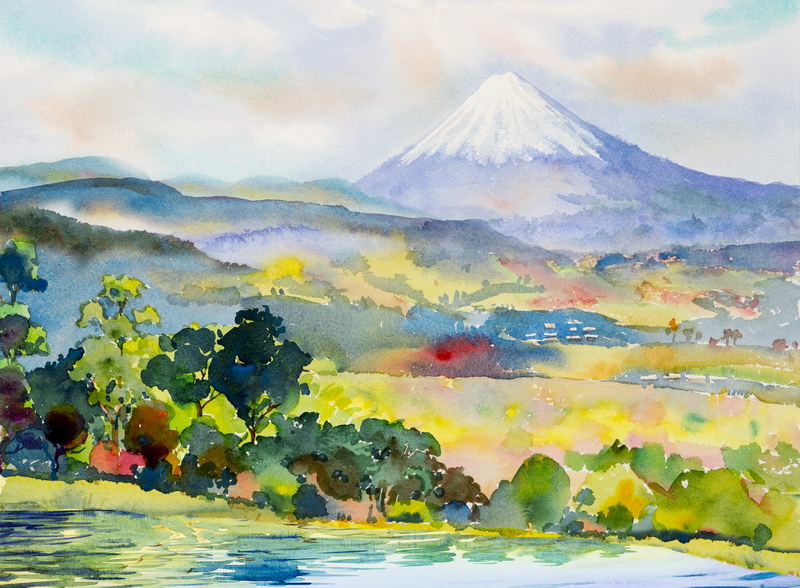
In 400 BC, the agriculture then arrived at Northern Kyushu in Japan. This happened through the Chang Jiang and the Korean Peninsula. In around 350 BC, it arrived at the Setouchi and Kenki areas, covering a majority of the territory of East Japan. During this time, the Japanese started to create their own alcoholic drink.
The work of the ancient Japanese people was brilliant and inventive. Discovery shows that the art of Sake making had existed for a long time. People discovered remains of rice fields at Kyushu and Shikoku.
At Kyushu, the natives found artifacts such as wooden pestles and mortars. They also found pots for steaming, some of them being ceramic. This suggests that Sake-making flourished in the 3rd century A.D.
Mouth-chewed Sake
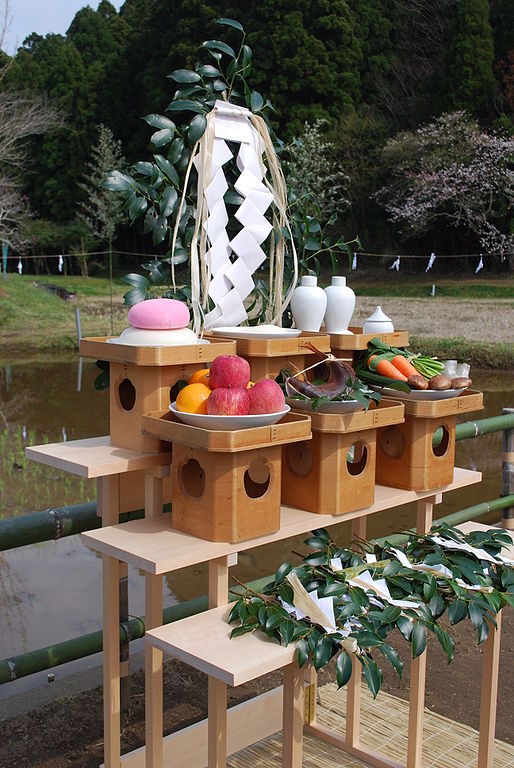
During the early times, the natives of old didn’t have the same technology as we do today. So how did they produce Sake back then?
The people depended on young women and priestess to munch the rice. This is so that the enzymes in their saliva can hydrolyze the start. The starch of this rice will then turn into fermentable sugar.
A Journey to the Past: Top Ten Books about Samurai
Beautiful Places in Japan to Feel Like a Samurai
Six Types of Samurai Swords
The Japanese called this mouth-chewed Sake, “Kuchi-kami”. People practiced this method of making beverages in all over Japan since 1000 BC. This includes Okinawa and Ainu until 1954 when authorities banned home-brewed alcohol. The art of chewing rice became a widespread phenomenon.
Sake soon became an essential part of Shinto ceremonies. Shinto is a belief system based on nature with different deities. It is part of the ancient tradition to rejoice on a good harvest and give thanks to the gods.
To express gratitude, people offer their food and Sake at the deities’ shrine. Sake made from fermented rice is a primary part of an offering.
Get Your Awesome Samurai T-Shirt
It wasn’t clear if after chewing the rice, the women would spat the contents into a pot and ferment it with wild yeast. It was clear though that the product was for deities at shrines, though researchers said that Sake during the Dark Ages was different. Before, people intended not to refine Sake so it would get a porridge-like texture.
Mouth-chewed Sake is not your regular beverage since it would not last long enough. If modern Sake can last for years, this one only lasts for days. Some would even need to consume the beverage within hours only.
Sake as Years Passed By
The Imperial Court established an organization to produce Sake for ceremonies. This is the Sake-no-Tsukasa organization. Then in the Muromachi period, people of Kyoto started brewing their own Sake and opened shops. Ever since this occurrence, the quality of the wine improved, like the modern style.
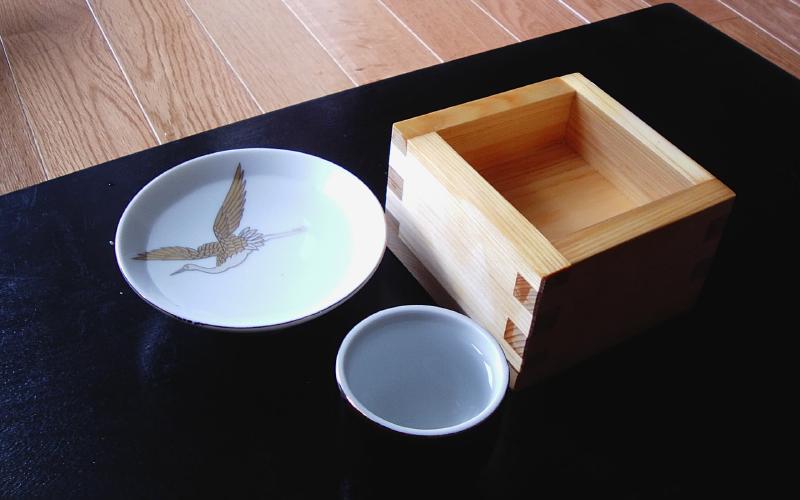
Over some time, Japanese people discovered better ways of producing Sake. They found a fungus called Koji. This fungus mimics the process of starch breaking down into sugar, like human saliva.
They also added the process of removing the grain’s bran and oil through polishing. After that, people started adding yeast to make the Sake ferment faster. By the year 1300, professional brewers dominated the Sake production line.
The newly refined version of this wine is Seishu. This rice wine is then consumed from O-choko as tradition. O-choko are small ceramic cups, and alongside them is a flask.
This flask is a Tokkuri and uses ceramic material. It is a part of the tradition that one should rely on a fellow buddy to pour for their cup. In other terms, one cannot serve for themselves.
Samurai Love to Drink!
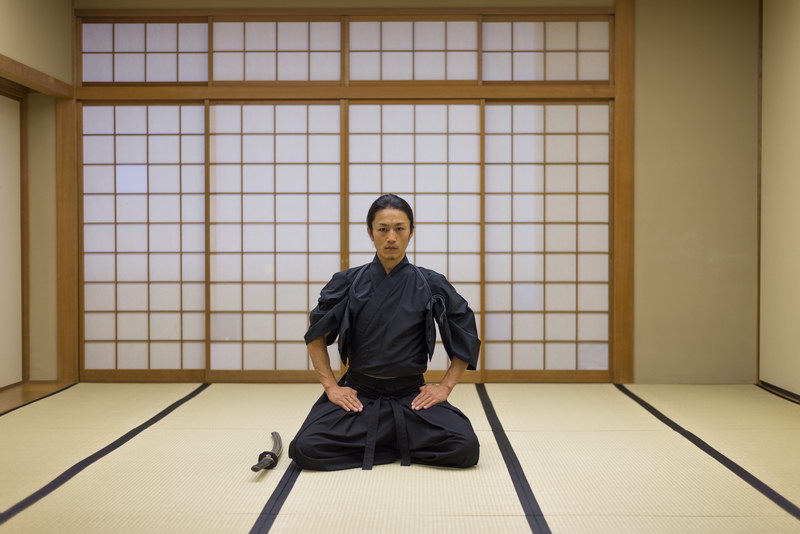
Since Sake existed since the beginning, the noble warriors came in terms with the wine. Sake became the Samurai’s most popular drink (aside from tea). Drinking became a common practice among the Samurai class.
After fighting in battles, they would gather and drink together. When attending other parties like those hosted by an Emperor, it’s not surprising to see them drink. Of course, these noble warriors would also get drunk.
Though many thought that drunkenness was against the Bushido Code, it actually isn’t. This fact goes the other way around. It is a must for one to get drunk at a drinking party; otherwise, it is impolite.
Sake and Death
But many believed that some Samurai died because of alcohol poisoning. An example of this situation is Mori Okimoto of the Sengoku period, who died at the age of 24.
A Daimyo named Uesugi Kenshin is another example of this situation. His primary cause of death was because of his cancer of the esophagus, but his health problem probably rooted in his constant drinking of alcohol. Even his death poem that he has written mentioned the drink:
“Even a life-long prosperity is but one cup of sake. A life of forty-nine years is passed in a dream; I know not what life is, nor death. Year in year out-all but a dream. Both Heaven and Hell are left behind; I stand in the moonlit dawn, Free from clouds of attachment.”
Death poems and sake are relatable to the honorable suicide known as Seppuku. Seppuku is committed when a Samurai feels that he has lost his honor, and that he must commit suicide to regain it.
One who performs Seppuku would place a Sake cup and other items on top of a wooden table in front of them. The practitioner will then sip the cup four times in two different times.
One sip represents greed, while the remaining three represents hesitation. With all four sips taken, it then represents death (“Shi” means both four and death). They would then write their own death poem using the materials given at the table.
Minamoto no Yoshitsune’s death is an example relating to sake. Not only was he forced to do Seppuku, but his head was preserved in a sake.
Modern Sake and Modern Japan
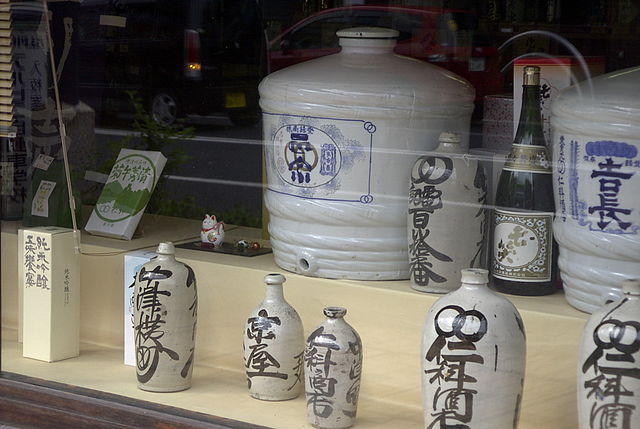
Modern Japanese people have a lot of options now when it comes to choosing a drink to celebrate with. Juice, soft drinks, and branded beers and wines are always available for everyone. But it is still important to consume a variety of traditional food and drinks.
Sake is often respected by many as it is an ancient beverage has existed for many years. It is part of the history that tells the story of people who created it as a ritual of gratitude for a great harvest. It has a strong connection with rituals, beliefs, and traditional events.
So when we come to treasure the Sake, we come to cherish the stories it holds.


